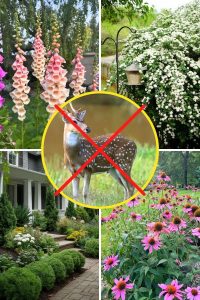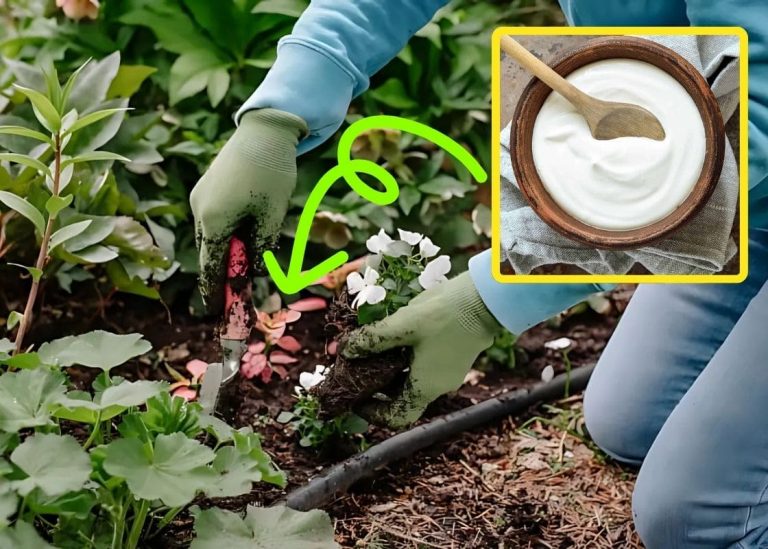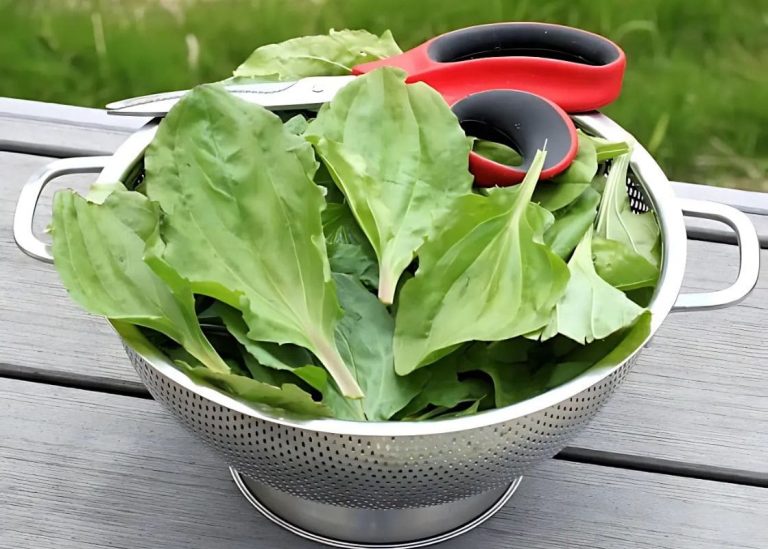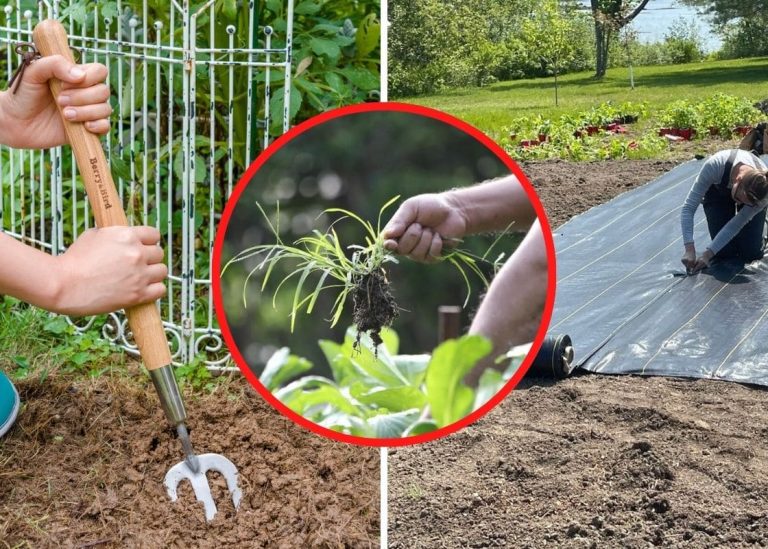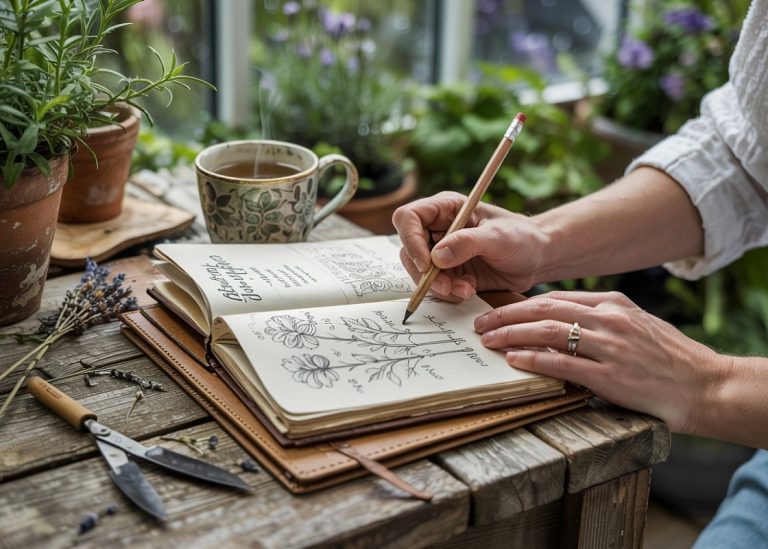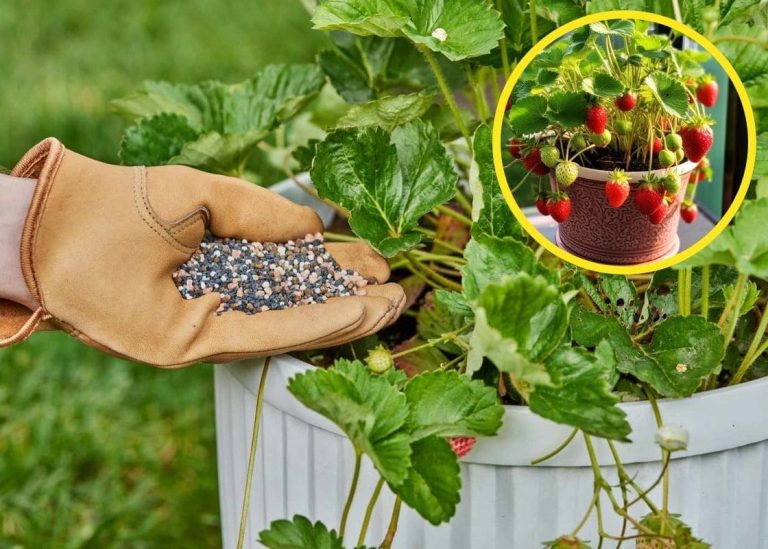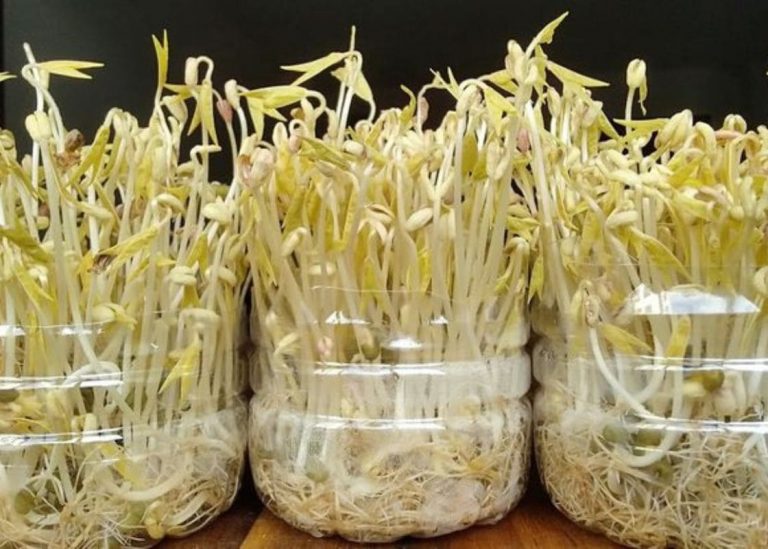25 Deer-Resistant Flowers and Shrubs for a Stunning, Worry-Free Garden
There’s a particular morning I won’t forget. I’d finally planted my dream border—a delicate dance of tulips, roses, and hydrangeas, lovingly arranged in layers of color and bloom times. It took me three weekends and two aching knees to get it right. But one misty dawn, I stepped outside with my coffee, only to be met with the unmistakable silence of loss. The flowerbed? Ravaged. It looked like a salad bar after a midnight raid.
Over time, I found a new kind of joy in growing what thrives despite the deer. I stopped trying to guard my garden with fences and sprays, and instead, I filled it with nature’s own defenses—plants they simply don’t like. Flowers with strong scents. Shrubs with bitter or fuzzy leaves. Plants that whispered “not today” to deer.
In case deer are turning your flower beds into feasting grounds, take heart. These 25 plants have been your allies. Let’s walk through them together.
#1. Lavender
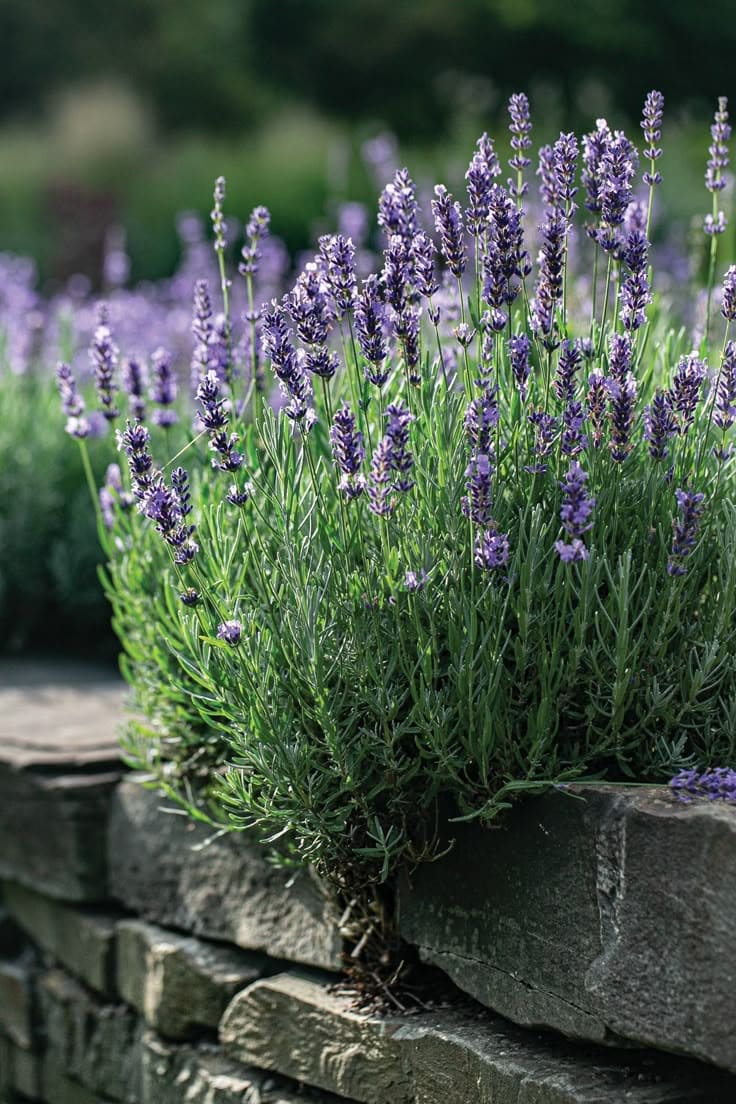
Lavender became a turning point in my gardening when everything else wilted in the heat. I planted a few along the garden path, not expecting much, but they thrived—swaying gently in the breeze, their scent instantly calming. Even on the hottest days, they looked unbothered, offering both color and serenity.
Deer want nothing to do with them. That strong fragrance we love? It sends them the other way. Lavender needs little more than sunshine and well-drained soil. It’s perfect along borders or tucked into sunny corners, and once it’s established, it just keeps giving.
#2. Spirea

A friend gave me a spirea cutting one spring, and I nearly forgot I’d planted it. But come June, it was bursting with delicate pink blossoms that turned heads and drew bees from every direction. It’s one of those plants that quietly makes the space feel full and alive.
Deer, however, don’t seem interested. The fine leaves and tight clusters aren’t appealing to them. That’s a win for any low-maintenance garden. It doesn’t mind a trim, handles sun with ease, and fills gaps effortlessly without ever taking over.
#3. Boxwood
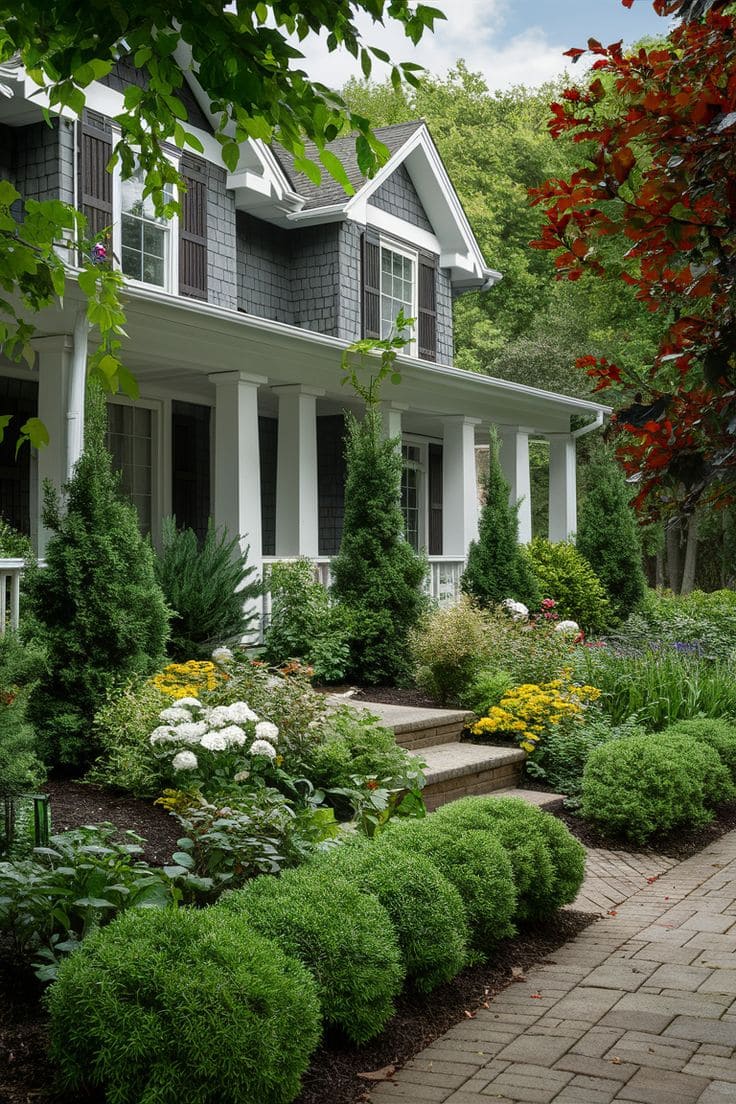
Boxwoods are the quiet backbone of my garden. They frame walkways, add winter green, and need only a few snips each year to keep their shape. Through frost or drought, they stay crisp and neat, no drama involved.
Deer consistently leave them untouched. Their bitter, leathery leaves just don’t tempt grazing. Whether you want formal borders or a natural hedge, boxwoods offer peace of mind without asking for much attention.
#4. Peony
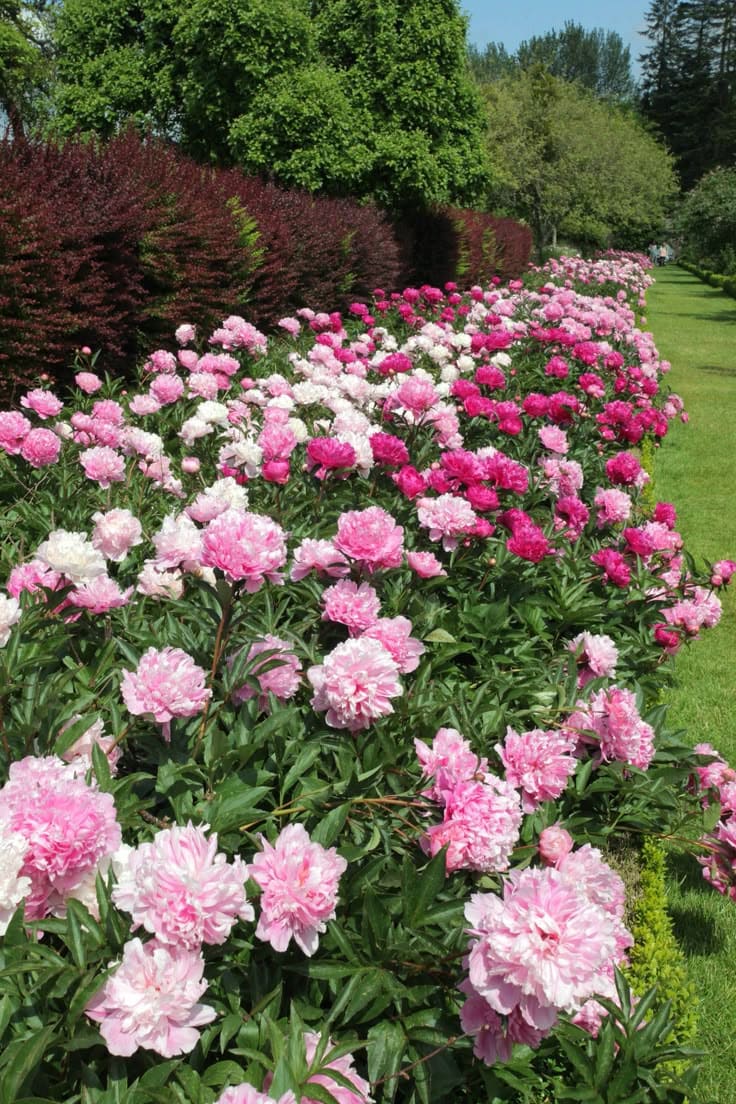
Every late spring, my peonies bloom like they’re putting on a grand performance—giant, ruffled petals in shades that make the whole yard feel romantic. One of the pink ones always opens on my daughter’s birthday, and now it feels like part of the celebration.
Surprisingly, deer steer clear. Their thick foliage has a taste that turns them off completely. Once settled in rich soil and full sun, peonies return every year, bigger and better, needing almost nothing but your admiration.
#5. Fritillaria
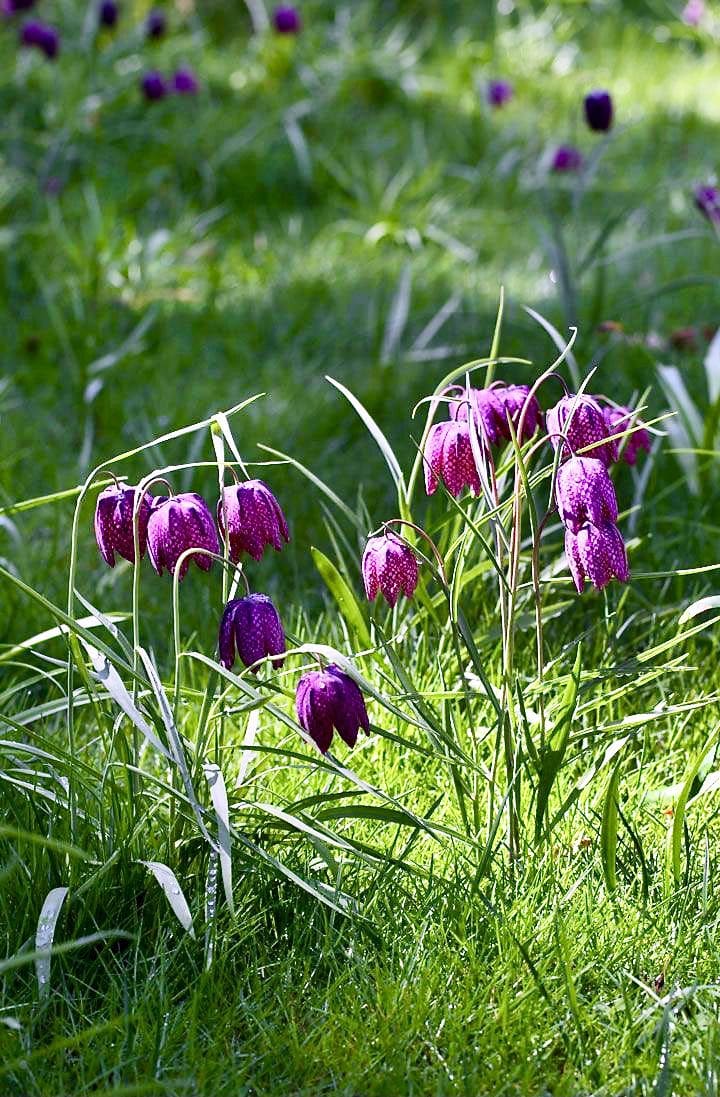
I first spotted fritillaria in a wild meadow and was mesmerized by its drooping, lantern-like flowers. I planted a few bulbs near my daffodils, and by spring, they had risen like sentries—strange and beautiful.
It turns out, deer can’t stand their musky scent. That subtle odor is enough to guard neighboring blooms. They’re low-maintenance once planted and naturalize easily, making them a quiet but powerful addition to spring beds.
#6. Marigold
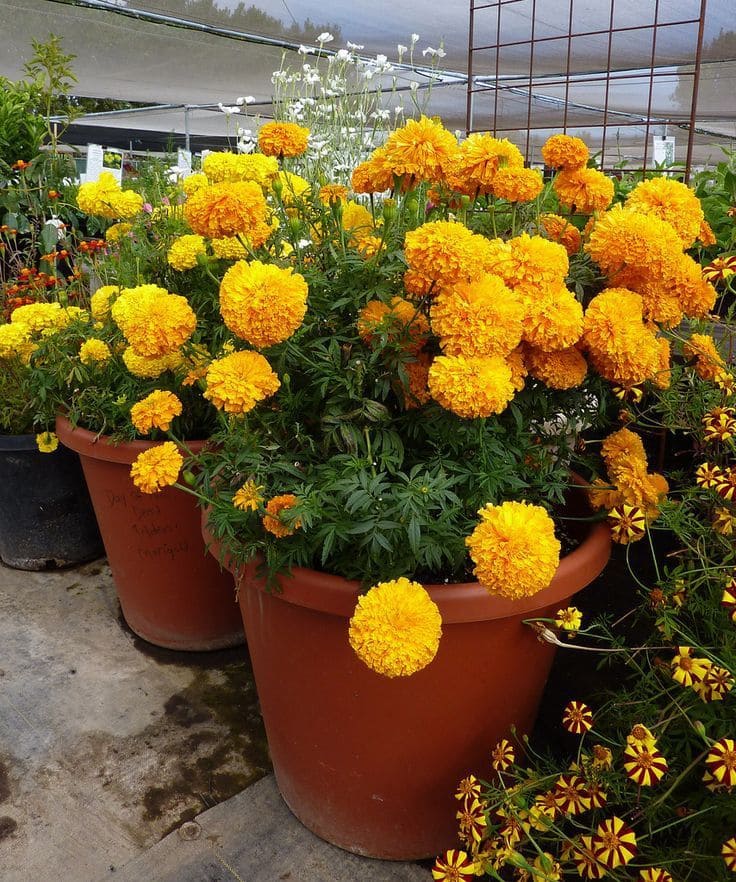
Marigolds were some of the first flowers I grew with my kids. We’d sprinkle the seeds, water them daily, and cheer when those fiery orange blooms opened. Their scent filled the yard, and somehow, even the pests backed off. I’ve tucked them between tomatoes, near the beans, and around the herb bed ever since.
Deer avoid them completely. The pungent aroma is too strong for their liking. Marigolds thrive on sunlight, bloom fast, and add bold color all season. They’re one of my favorite “guardian” flowers—easy, bright, and always working quietly behind the scenes.
#7. Juniper
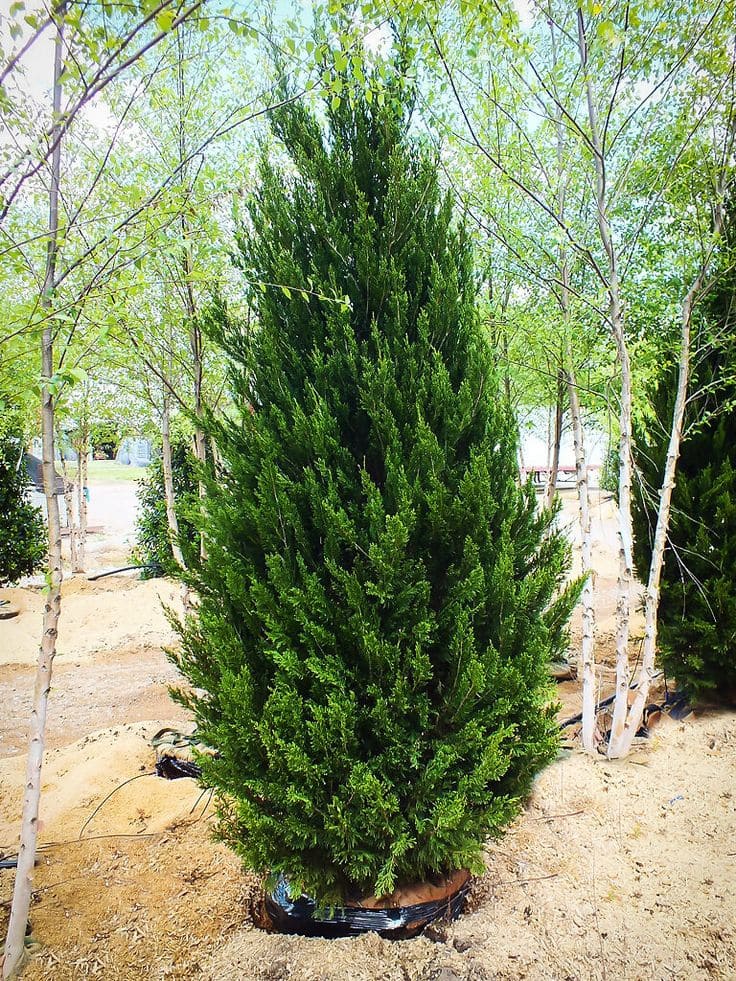
My husband once called junipers “the garden’s bouncers”—and I couldn’t agree more. With their prickly foliage and clean scent, they guard our yard without needing much from us. I’ve planted creeping varieties along slopes and taller ones near the fence for privacy that deer won’t dare challenge.
It’s the texture and aroma that keep the grazers away. Plus, they’re drought-hardy and love tough soil, making them perfect for tricky spots. I rarely water mine, and yet they remain lush and green all year long.
#8. Salvia
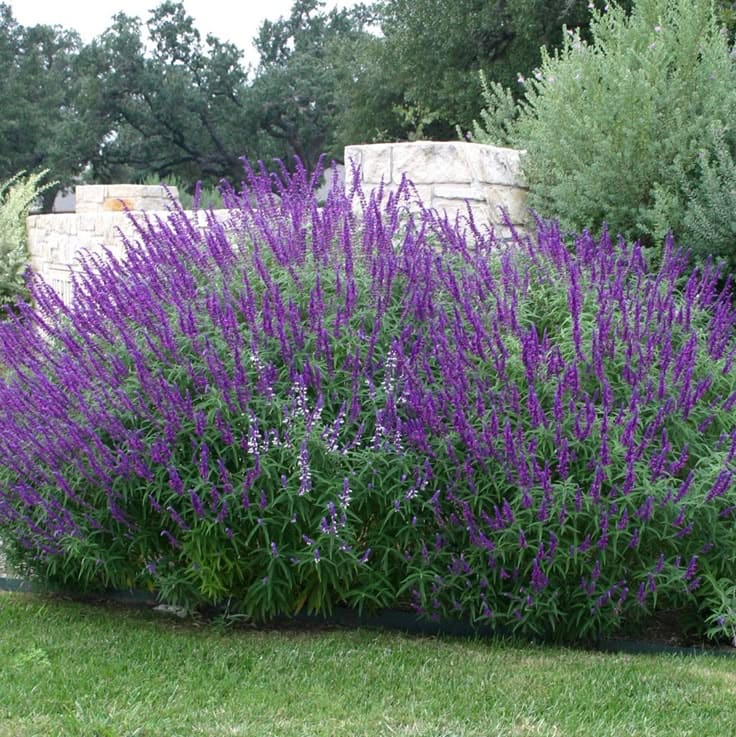
Every time salvia blooms, it feels like a little celebration—spikes of deep blue and violet rising above the leaves like fireworks. I planted a patch near the patio where we have morning coffee, and the bees have made it their favorite hangout.
Deer, on the other hand, steer clear. The strong herbal scent repels them naturally. It’s drought-tolerant, sun-loving, and blooms again if you trim it back. A plant that rewards you twice and asks for very little? I’ll take it.
#9. Butterfly Bush
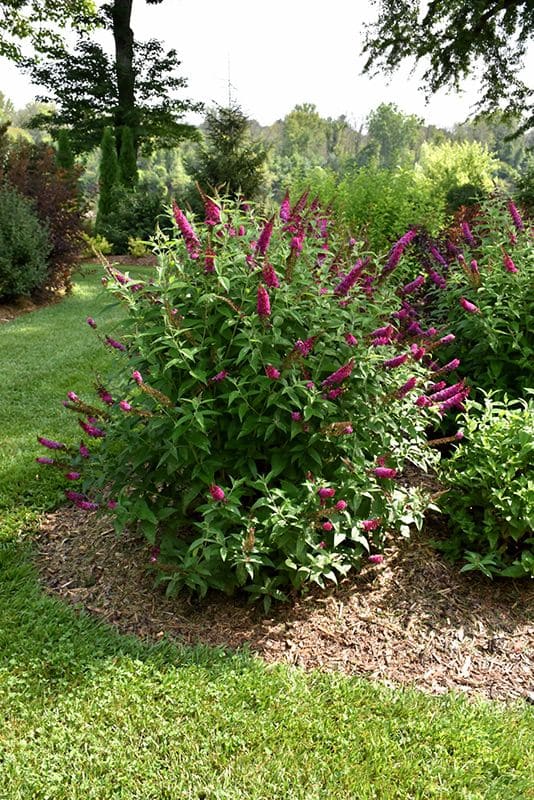
A single butterfly bush changed everything. One summer, I spotted three different butterflies at once flitting across its purple blooms, and that alone made it worth growing. It has a wild grace to it—long arching branches, sweet fragrance, and endless color.
Deer don’t seem the least bit interested. The scent may draw in pollinators, but it keeps grazers at bay. Once it’s rooted, it practically thrives on neglect. Give it sun, good drainage, and space to stretch—and it will reward you, season after season.
#10. Hellebore
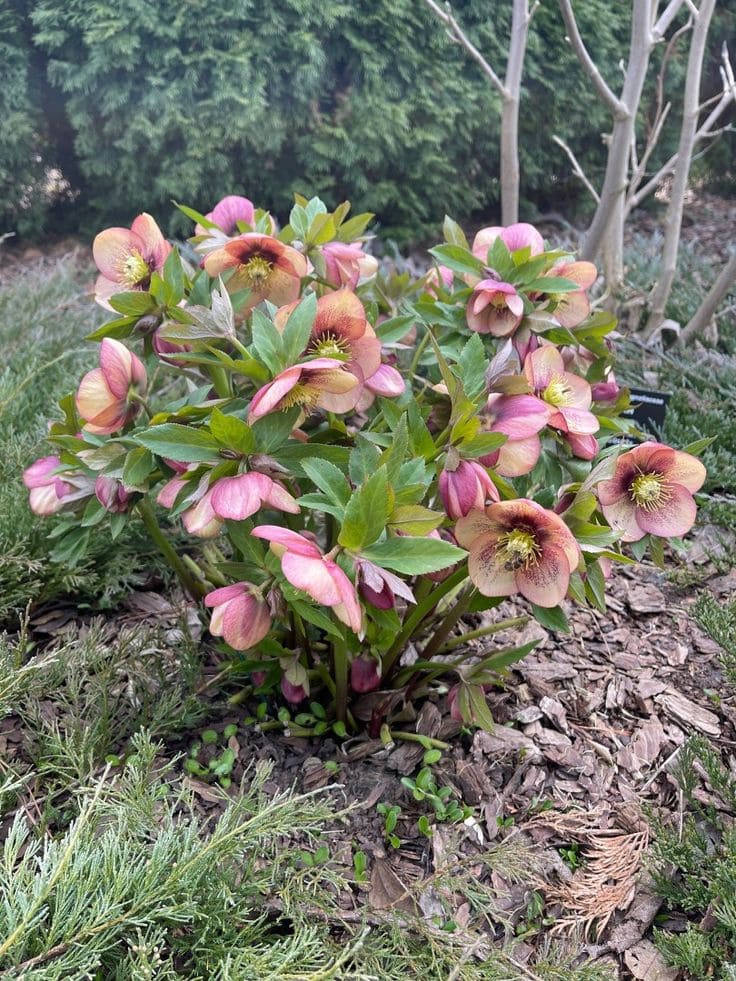
Hellebores bloom just when you think the garden’s still asleep—early spring, often while snow still lingers. Their downward-facing blossoms feel like secrets, quietly tucked beneath leathery green leaves in soft shades of rose, cream, and moss.
They’re also highly unappetizing to deer. Every part of the plant contains natural toxins, which keeps it safe without any effort from you. In shady corners or woodland edges, hellebores shine. Once settled, they return year after year like old friends who never overstay.
#11. Russian Sage
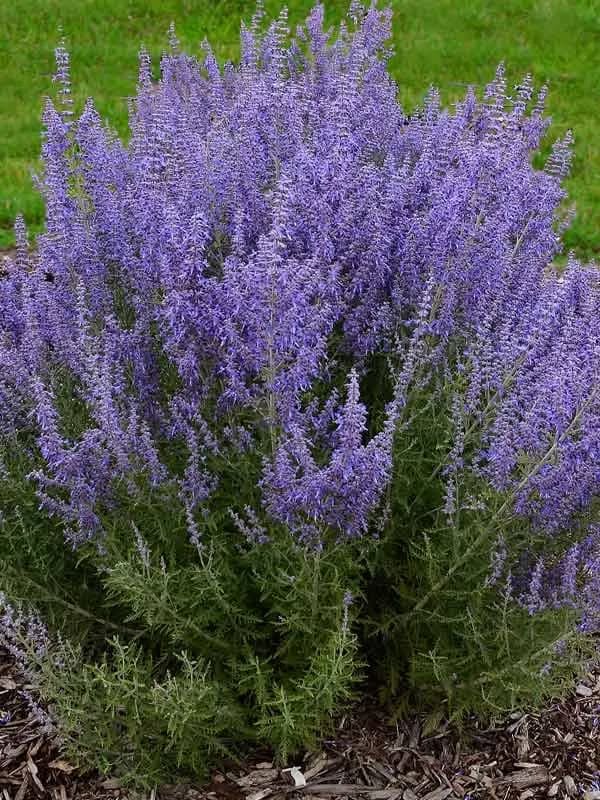
The summer I first planted Russian sage, it was purely for color—I wanted something that swayed and shimmered. By mid-July, the tall silver stems had exploded with airy violet blooms that moved like mist in the heat. It added height, softness, and a coolness to the garden that felt like a sigh of relief.
But its scent is what makes it truly powerful. That sharp, herbal fragrance is exactly what keeps deer from ever taking a bite. It thrives in dry soil, loves full sun, and never complains through drought. Once it takes root, it’s there to stay—strong, graceful, and unbothered.
#12. Daffodil
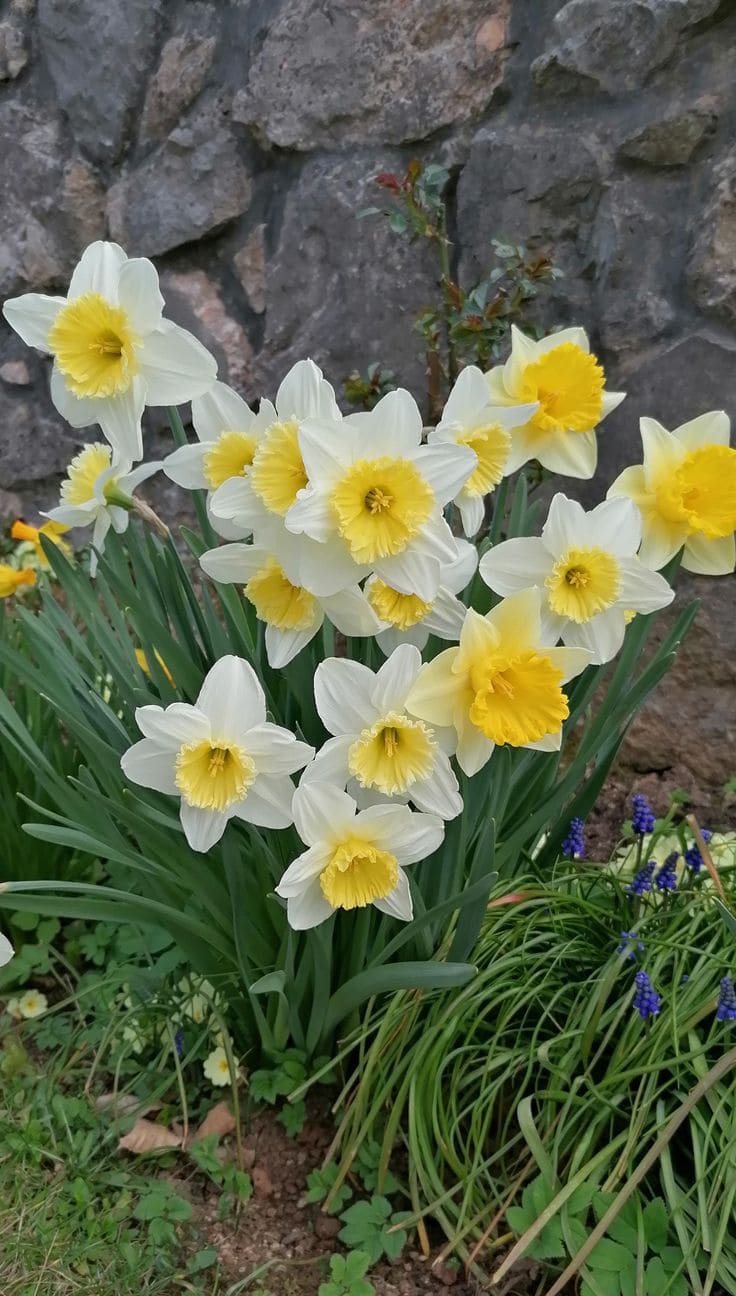
When daffodils bloom, it’s like the garden is smiling again. Their golden heads bob in the breeze, bold and bright even when everything else still feels asleep. I always plant them in groups along the tree line—some from bulbs passed down by my mother, others from a roadside stand I stumbled upon years ago.
They’re more than just cheerful—they’re protective. Daffodils contain natural toxins that deer instinctively avoid. Once planted, they multiply generously, creating sunny borders that ask for nothing more than a bit of patience through winter. No sprays, no fences—just beauty with built-in defense.
#13. Yarrow

Yarrow came into my life by accident. It showed up in the corner of the yard—feathery, wild, with clusters of tiny yellow and white blooms. I nearly pulled it thinking it was a weed, but something told me to let it stay. I’m glad I did. It’s now one of the toughest, most reliable perennials I grow.
Its bitter foliage and strong scent keep deer far away. Yarrow thrives in the worst soil, needs hardly any water, and blooms on and off from spring into fall. It’s the kind of plant that makes you look like a better gardener than you are—and it helps protect nearby flowers, too.
#14. Bleeding Heart
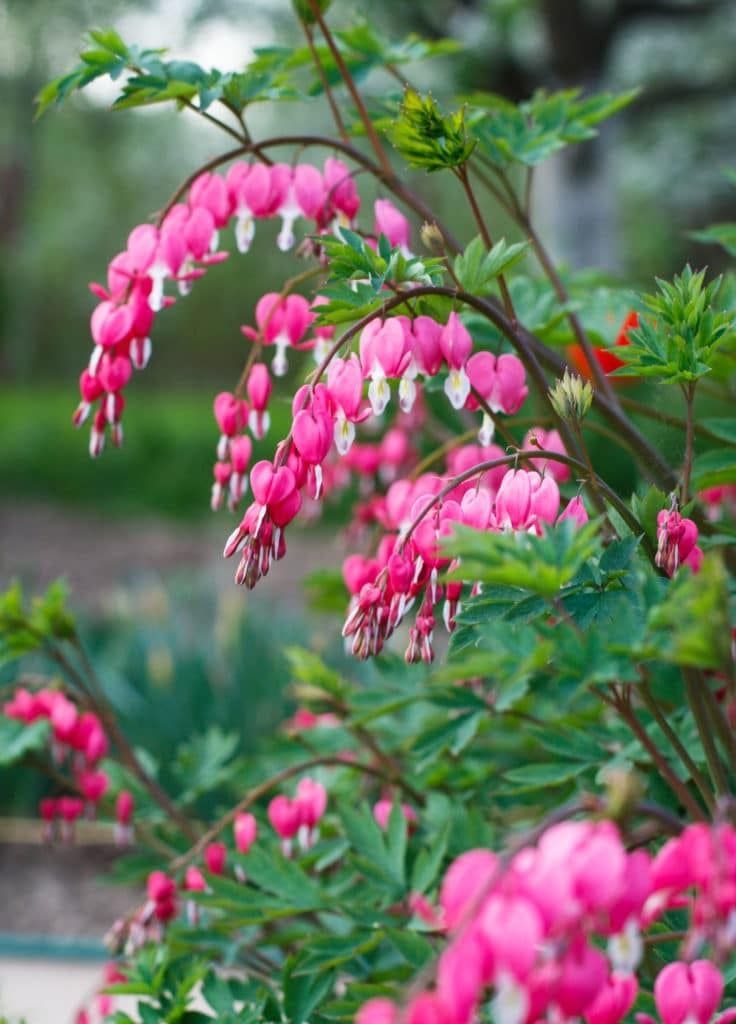
Tucked beneath our old oak tree, bleeding hearts bloom like little pendants of poetry. Their arching stems are covered in heart-shaped blossoms that dangle with such delicacy, you half expect them to sway with a sigh. They were my mother’s favorite, and now they grow right outside my window, blooming right around Mother’s Day.
Deer won’t touch them. The foliage is bitter and mildly toxic, giving them natural protection. In shady spots where color can be hard to find, bleeding hearts offer both elegance and resilience. They disappear quietly after blooming, but each spring, they return without fail.
#15. Bee Balm
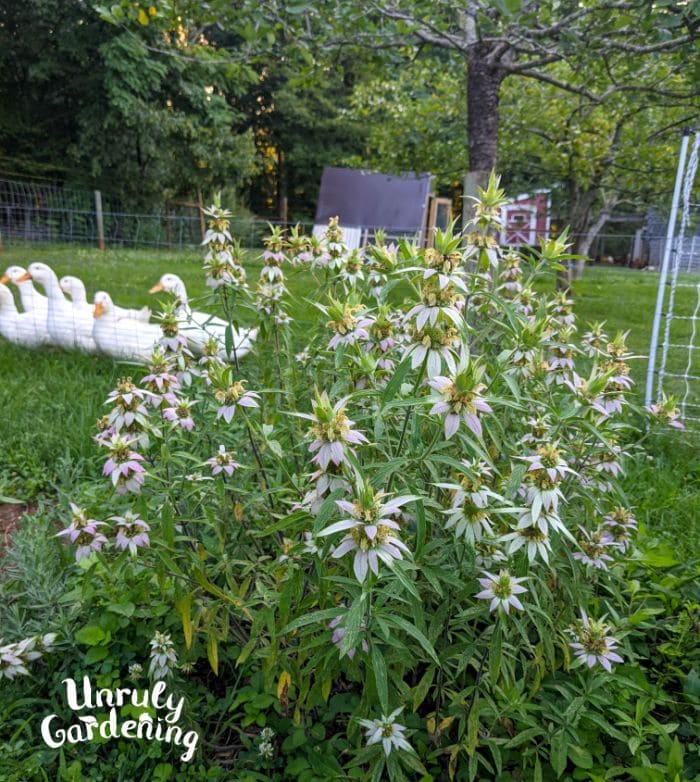
The first time I planted bee balm, it stole the spotlight from everything around it. With shaggy red blooms and tall stems, it danced wildly in the wind like it had somewhere to be. Hummingbirds came within days, darting between petals while I stood nearby, coffee in hand, completely enchanted.
Its minty scent, though, is a deer deterrent. They want nothing to do with it. Bee balm grows fast, spreads generously, and thrives in moist, sunny spots. Keep it trimmed to avoid mildew, and it’ll reward you with color, motion, and a touch of wild every summer.
#16. Coneflower
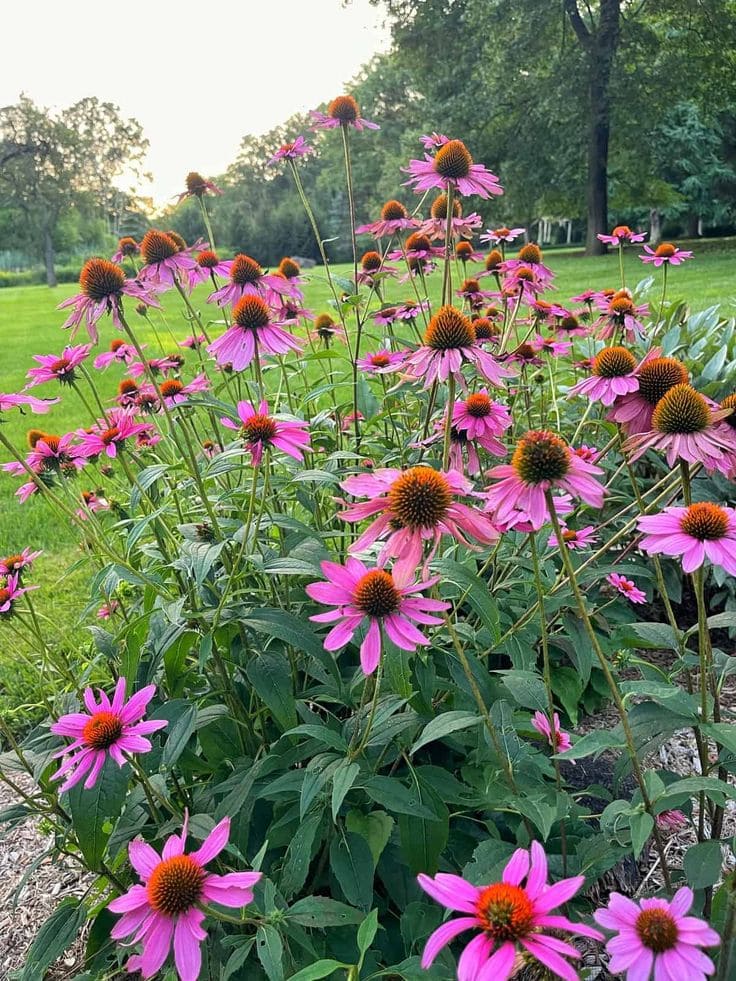
Coneflowers are the quiet champions of summer. Their sturdy stems hold bold blooms that look like wild suns—vibrant petals circling spiky centers. Mine grow near the back gate, where the heat lingers the longest, and they never seem to mind. Even after the petals fade, the seed heads stand tall, like punctuation marks at the end of a sentence.
Deer steer clear of them. Those prickly centers and stiff leaves aren’t worth the nibble. But butterflies? They flock. Pollinators love them, and so do I. These drought-tolerant perennials thrive in poor soil, ignore dry spells, and return stronger every year. They’re not flashy, but they’re unforgettable.
#17. Barberry
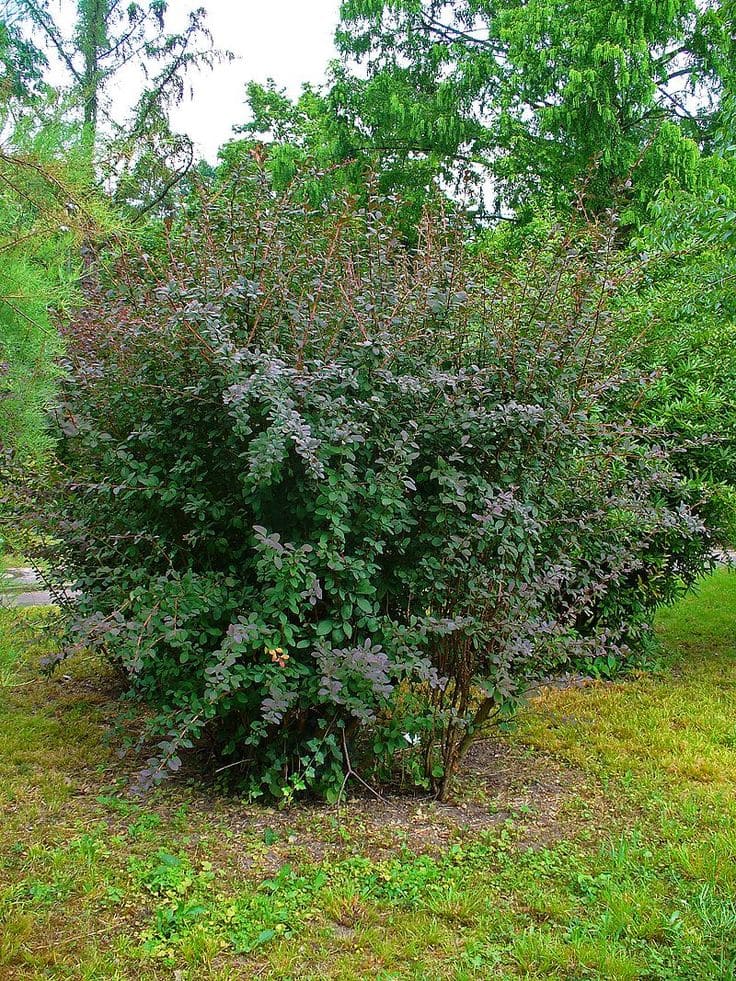
Barberry brings fire to the garden—not literal, of course, but its blazing red and orange leaves light up the space like a flame tucked between the greenery. I planted a row along the driveway one fall, and by the next year, they had shaped the entire space with bold color and low fuss.
With its thorny branches and sharp-tasting leaves, barberry offers natural deer resistance. No need for sprays or mesh—these shrubs are self-defending. They tolerate sun or shade and rarely need trimming. I love using them as a visual anchor where other plants might fail or vanish.
#18. Baptisia
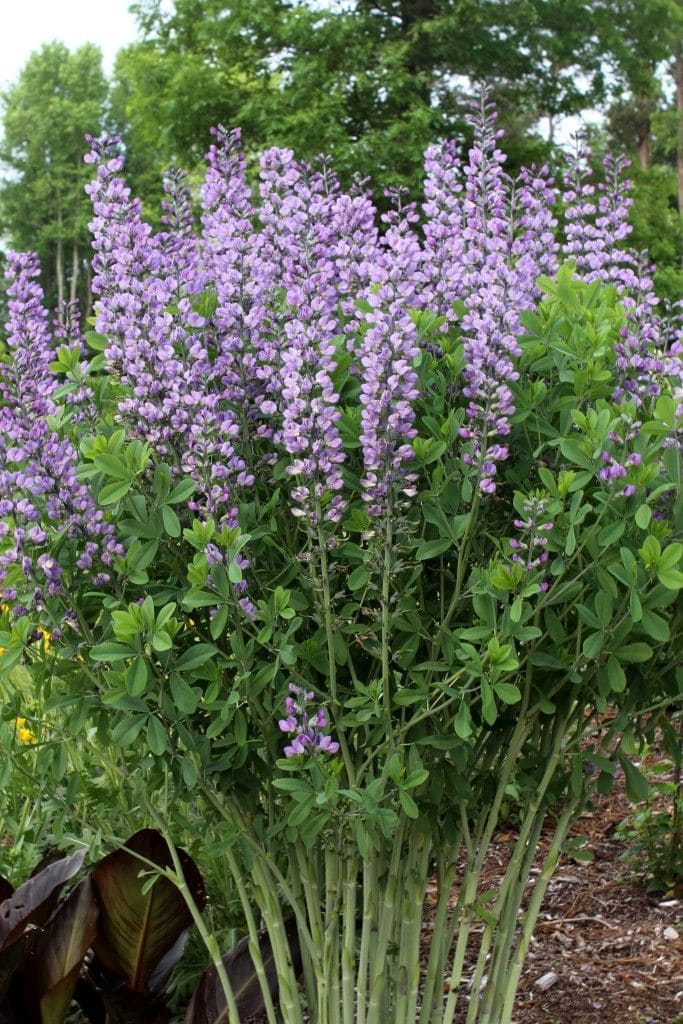
Baptisia was a surprise gift from a seed swap years ago. I planted it on a whim and forgot about it—until early spring when tall stems emerged like green fireworks. The deep blue blooms came next, each shaped like a tiny boat sail, bringing calm to the corner of the yard where nothing else had taken.
Turns out, deer aren’t fans. Its foliage contains compounds that make it unappealing, and once it’s established, this perennial is nearly indestructible. It handles drought like a champ and spreads slowly over time, forming a full, bushy clump that looks good even after the flowers are gone.
#19. Globe Thistle
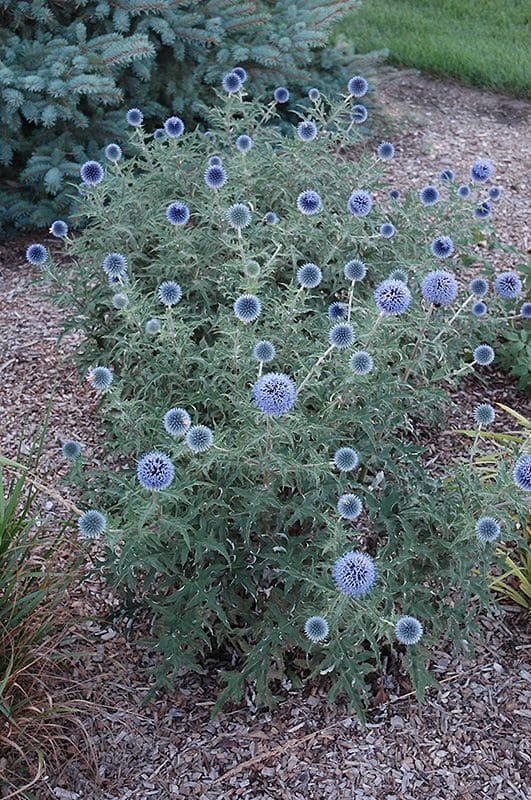
Globe thistle has the kind of presence that makes people stop and stare. Perfect spheres of steely blue rise on stiff stems, each bloom like a tiny world of its own. They glow in the golden evening light, and I love cutting a few to dry for winter arrangements.
But deer? They want nothing to do with it. The prickly texture and bitter taste send them away. It thrives on neglect, asking only for sunshine and dry soil. Even in rough conditions, globe thistle stands tall, adding an edge of sculptural beauty that doesn’t fade.
#20. Lambs Ear
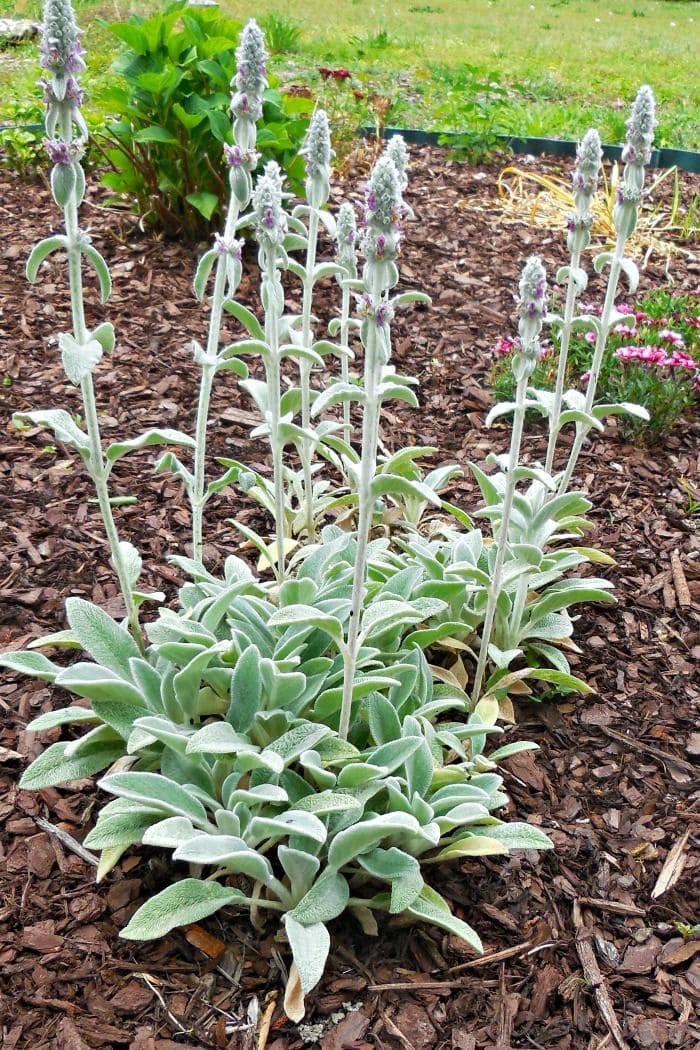
My youngest once leaned down to touch lamb’s ear and gasped, “It feels like a bunny!” And he was right—those silver leaves are soft as velvet, low to the ground, and endlessly touchable. They spill gently over stone borders like a living blanket.
Deer usually skip over them entirely. The fuzzy texture is uninviting, and they don’t find the flavor appealing. Lamb’s ear thrives in dry soil and bright sun, and it spreads slowly, filling in gaps with ease. I use it as a border plant where I need both texture and reliability.
#21. Foxglove
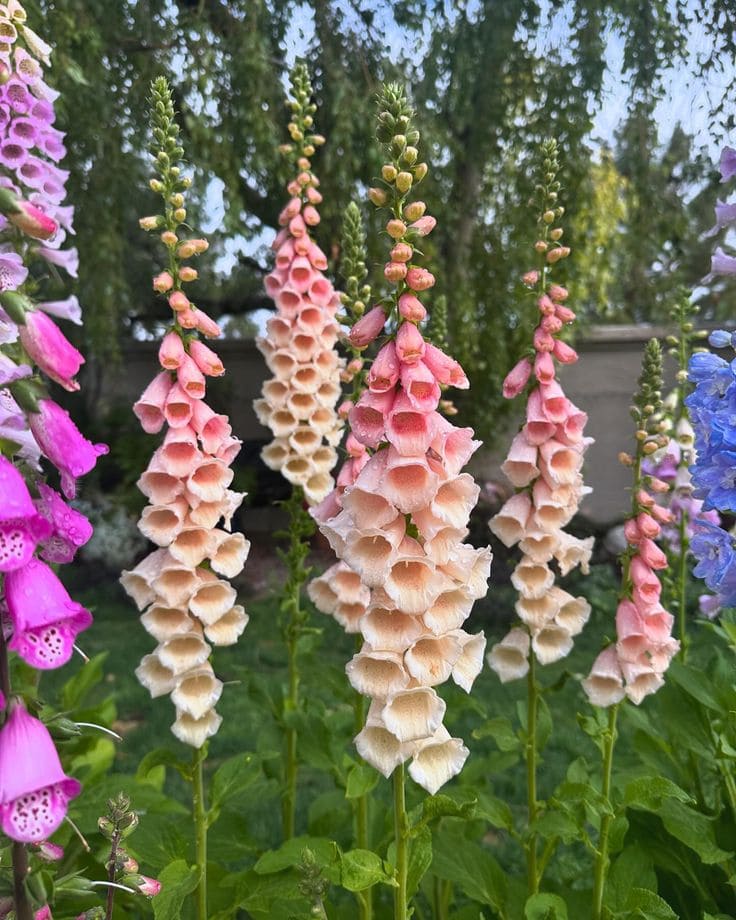
Foxgloves stand tall like watchtowers in my woodland corner, their speckled, bell-shaped blooms lining each stem like nature’s wind chimes. I first planted them beneath a line of pine trees, hoping for a bit of fairy-tale magic—and they delivered. The blossoms glow in soft pinks and purples, dangling delicately but with real presence.
What you see as beauty, deer sense as danger. Every part of this plant is toxic, which makes it highly unappealing to grazers. Though short-lived, foxgloves self-seed and often reappear year after year, surprising you in the loveliest ways. Just give them moist, well-drained soil and a bit of dappled shade, and they’ll find their rhythm.
#22. Calendula

Calendula is pure sunshine in flower form. I started growing it near the vegetable beds to draw in pollinators, but now it has its own spot because I fell in love with its cheerful blooms. Bright yellows and oranges open like little bursts of joy, blooming again and again from spring through fall.
Though the flowers seem gentle, the taste is bitter—something deer don’t care for at all. Calendula grows easily in sunny spots with average soil, and it even offers skin-soothing properties if you dry the petals for balm or tea. It’s a bloom with beauty and purpose—exactly what I want more of in my garden.
#23. Bearded Iris
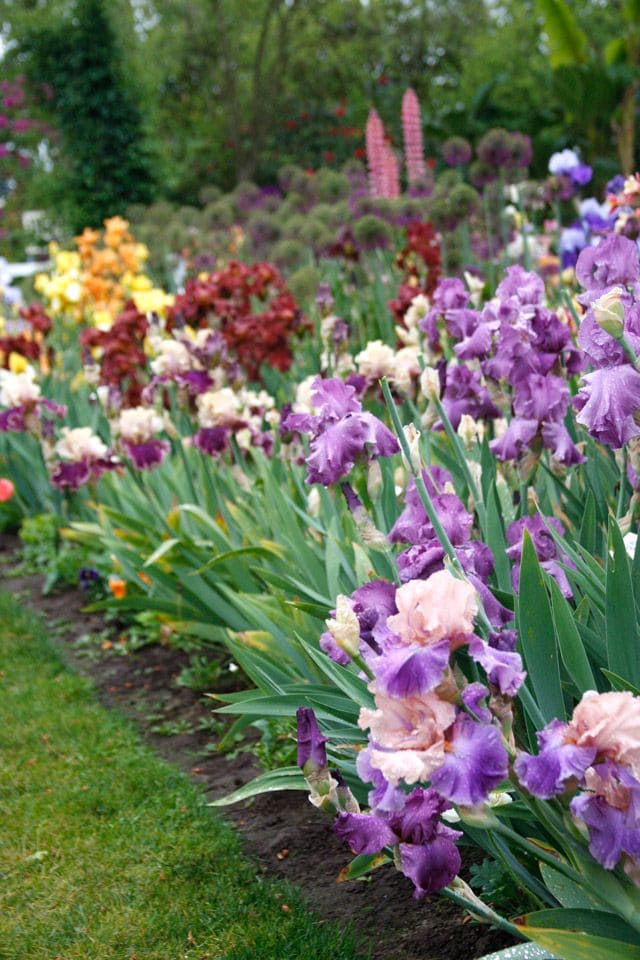
Each bearded iris bloom is like a watercolor painting—ruffled petals in violets, golds, and whites, unfolding slowly in spring’s early light. They hold themselves upright with a kind of dignity, always looking polished even after a storm. I’ve got a row along the fence where they catch the morning sun and glow like stained glass.
Deer find little joy in their tough, sword-like leaves and mildly bitter taste. Once planted in well-drained soil and full sun, they multiply with ease and need only an occasional split to stay healthy. For me, they’ve become the garden’s artists—quiet, expressive, and never boring.
#24. Witch Hazel
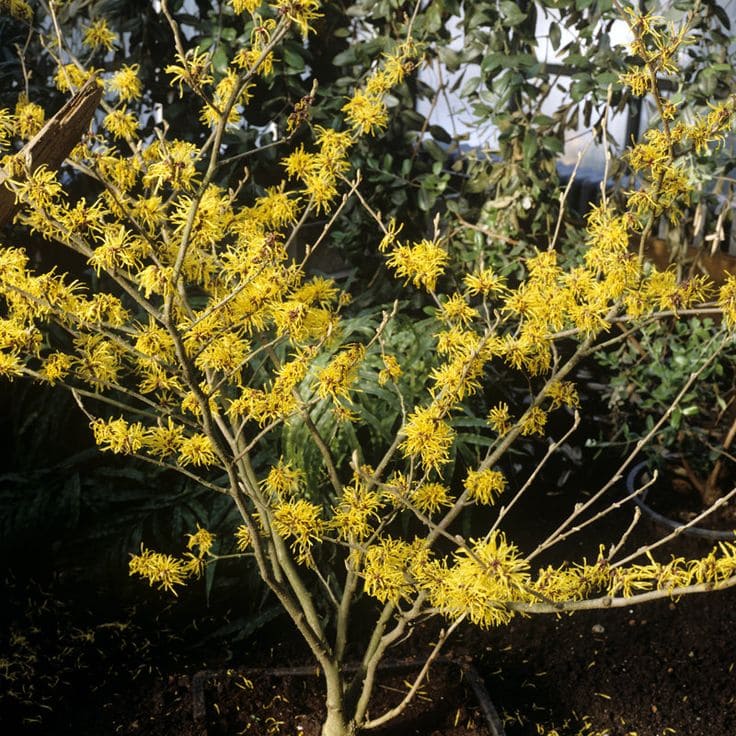
Witch hazel isn’t loud or showy, but its late-season magic is hard to forget. When most of the garden has faded, its curly, spidery blooms appear in yellow and copper, often blooming through frost. It was the first shrub I planted just for winter interest, and now it anchors the whole back border.
Deer tend to avoid it entirely, likely because of the astringent scent in the leaves and bark. It’s also incredibly resilient—thriving in both sun and partial shade, asking little more than space and occasional shaping. It’s one of those plants that quietly earns your respect over time.
#25. Monkshood
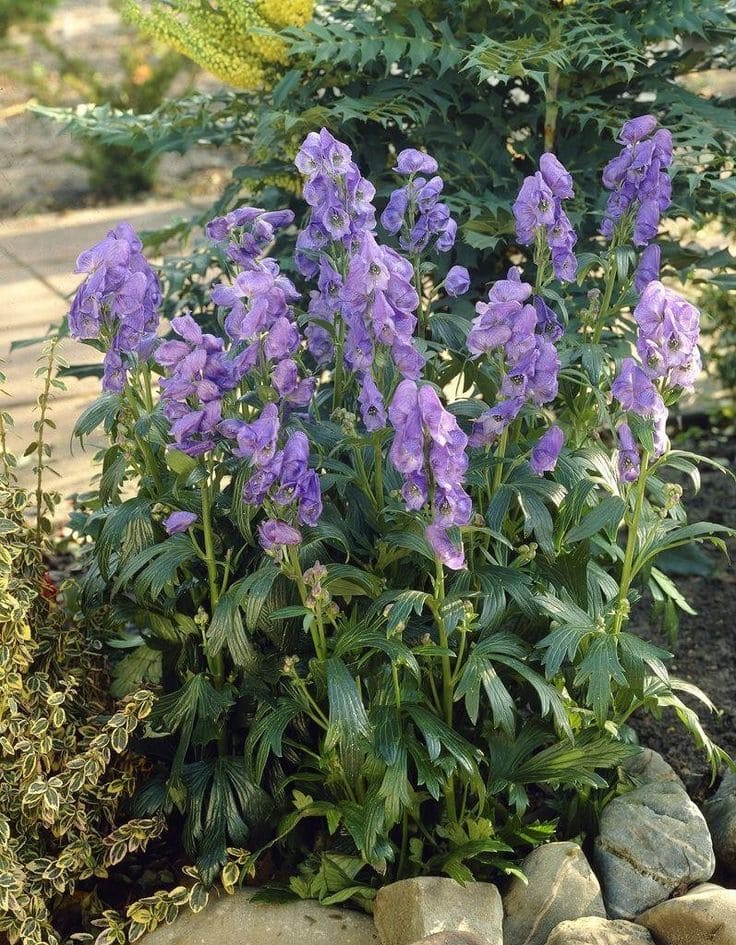
Monkshood grows in the shadow of our old tool shed—tall, moody, and mysterious. The deep purple flowers, shaped like tiny hoods, seem to carry whispers from old gardens and folklore. I planted it after reading about its use in ancient herbal traditions, drawn by both its beauty and its power.
But this one comes with a warning: all parts of monkshood are highly toxic. That’s exactly why deer leave it untouched. It prefers cooler climates, moist soil, and dappled light—thriving in quiet corners where other plants might struggle. Handle with care, and you’ll have a stunning, protective presence in your garden.
Final Thoughts
A deer-resistant garden isn’t about building walls—it’s about choosing plants that quietly say, “not here.” Over the years, I’ve learned to work with nature’s patterns instead of against them, and these 25 flowers and shrubs have helped me grow a space that feels both beautiful and secure. From fragrant herbs to sculptural shrubs, the right plants can turn a chewed-up flowerbed into a sanctuary for bees, butterflies, and peaceful mornings.
If deer have been visiting a little too often, I hope this list gives you fresh hope and a few ideas to try. Your garden deserves to bloom freely—and so do you.
